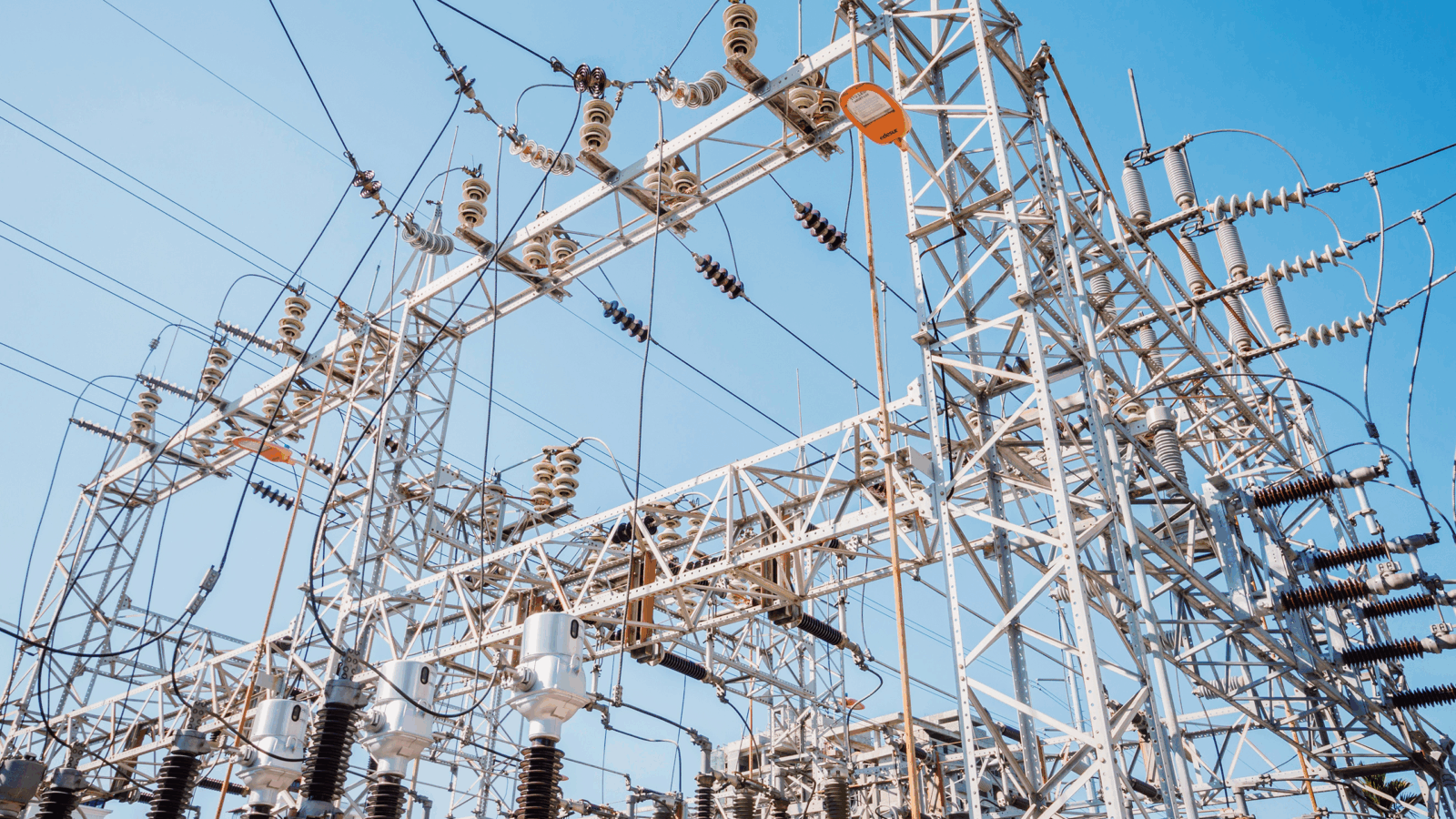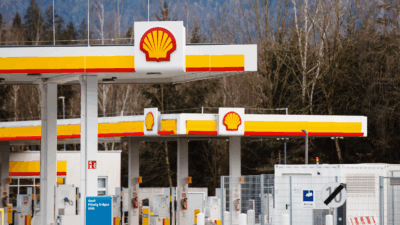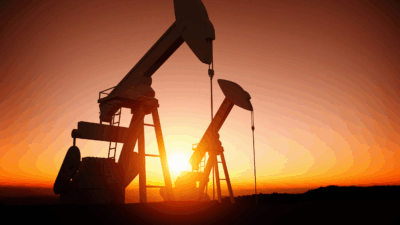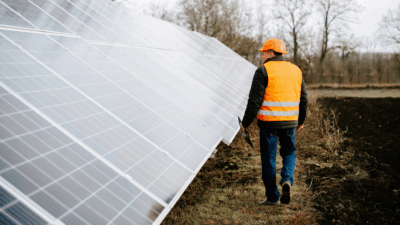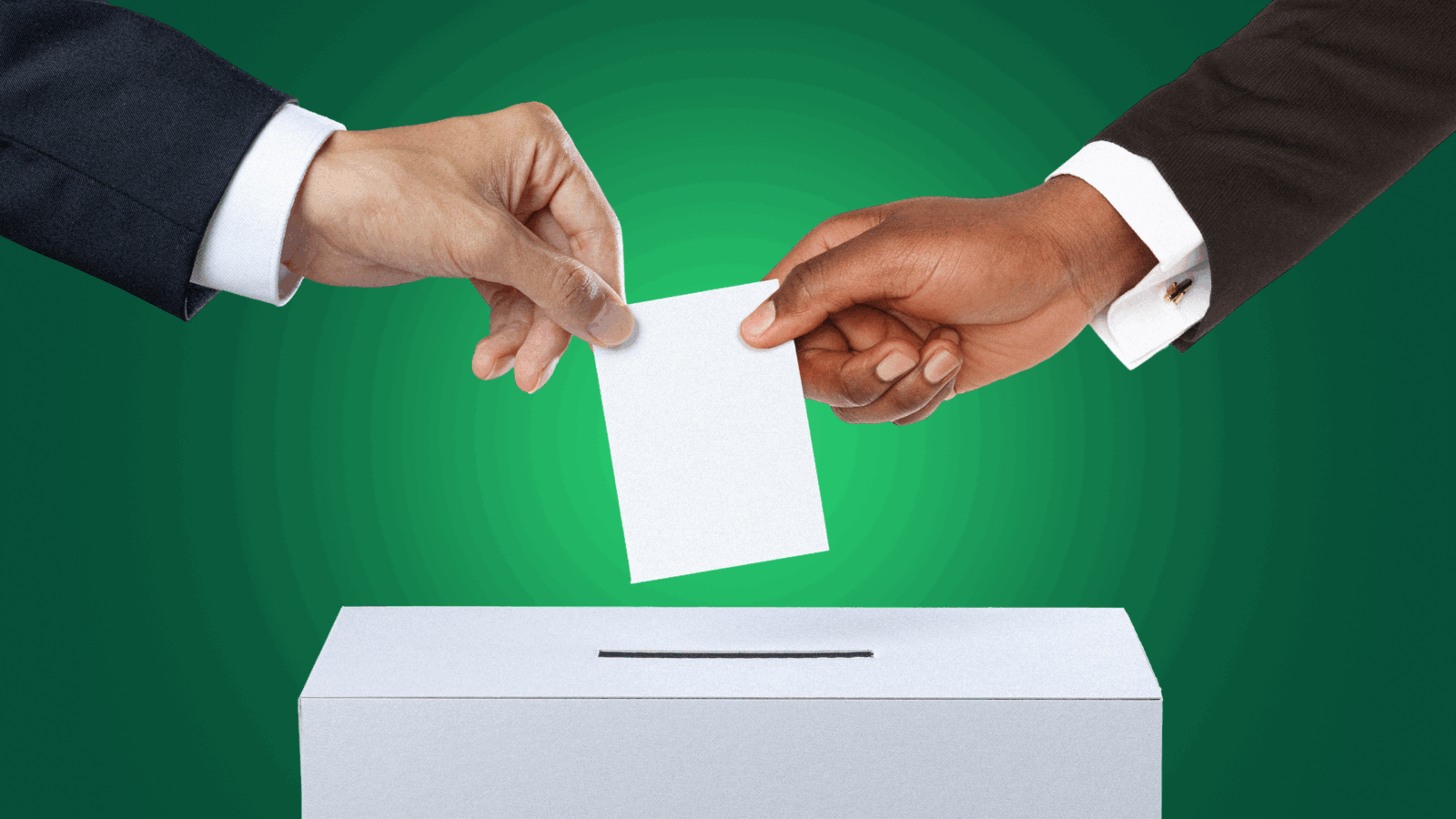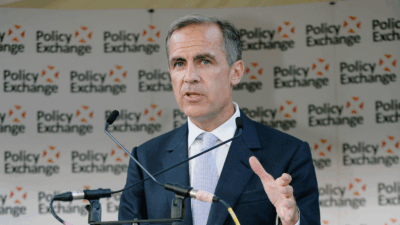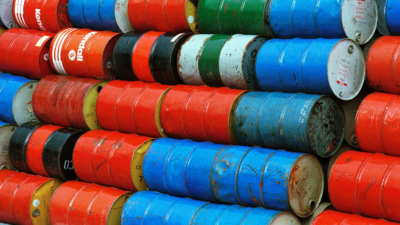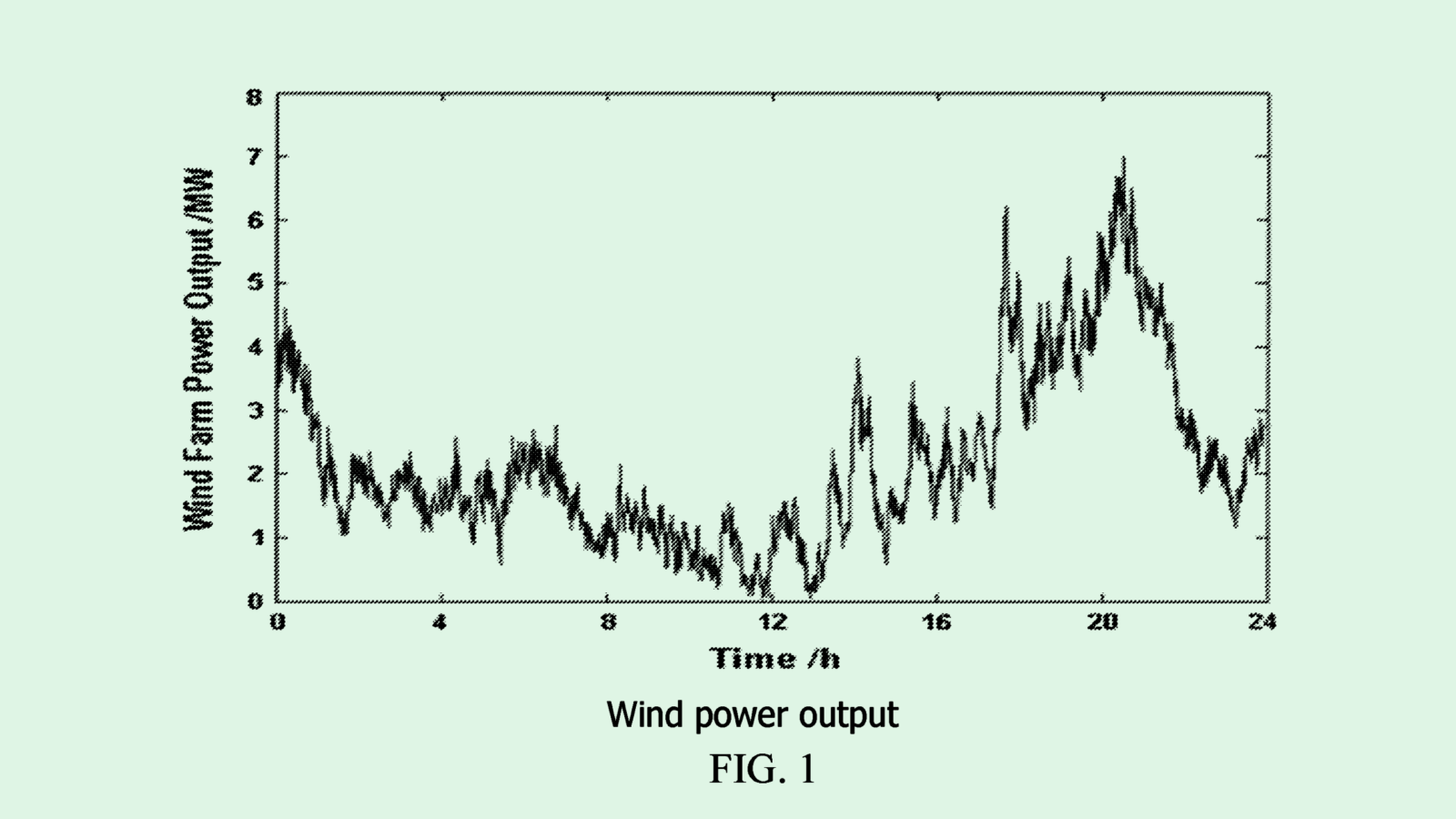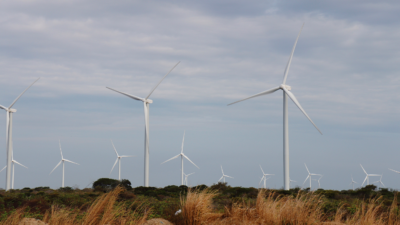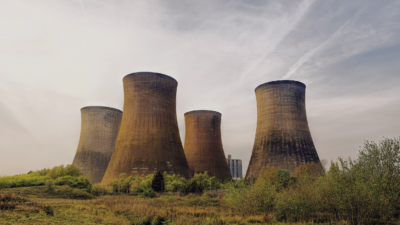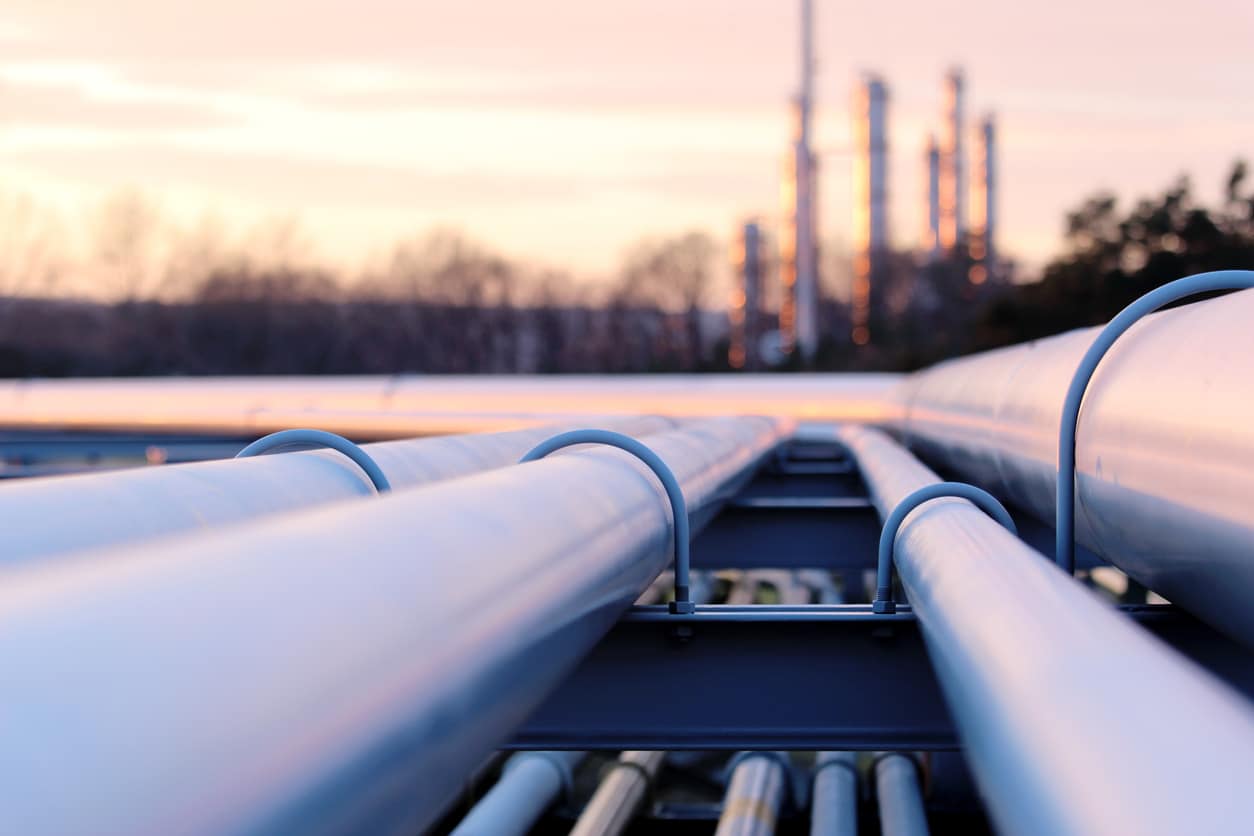
Sign up for smart news, insights, and analysis on the biggest financial stories of the day.
Gas prices, plastered in giant numbers on every third street corner and underpinning the shipping cost of just about everything, are perhaps the most visible victim of inflation. We see them with our eyes and feel them with our wallets, whether we’re at the pump or the grocery store.
But crude oil prices are beginning to tumble. Surprisingly, gas stations are cheering. The current state of gas and oil is a fascinating case study in supply and demand.
Fall Like a Feather, Sting Like a Bee
After a massive increase spurred by war in Ukraine, crude oil prices are falling way fast: The West Texas Intermediate, a metric for crude oil prices, is down more than 20% since a mid-March high, with oil barrels trading at less than $100 for nearly a week in the US. Believe it or not, that means gas prices are falling, too. Just very, very slowly.
Economists call it the rockets-and-feathers phenomenon. When crude oil prices spike, gas prices spike with them (like a rocket), lagging just a couple of days behind. But when crude oil prices plummet, gas prices slowly fall like a feather, over weeks if not months. The phenomenon explains, perhaps paradoxically, why gas stations prefer falling oil prices to rising ones:
- As gas prices rise, consumers will look far and wide for the cheapest pumps. In return, stations are incentivized to keep consumer rates low even as their own costs soar. But when prices begin to fall, drivers drop their bargain-hunting and settle for saving a few bucks at the nearest station.
- Even as costs tumble, gas stations, in turn, collectively slowly lower pump prices in what economists call “tacit collusion”— it’s the feather slowly falling. Profit margins balloon, according to Oil Price Information Service data reported by The Washington Post: In March, as oil prices soared, gas stations earned $0.35 for each gallon sold; this past week, they pocketed $0.55 per gallon.
The Halcyon Pandemic Days: Demand for gas may have been extremely low, but profit margins were extremely high in the early days of the pandemic. At one point, stations bagged $0.87 for every $2.07 gallon sold, according to OPIS data. We’d never thought we’d say so, but those low gas prices almost have us feeling nostalgic for the early days of the pandemic.
